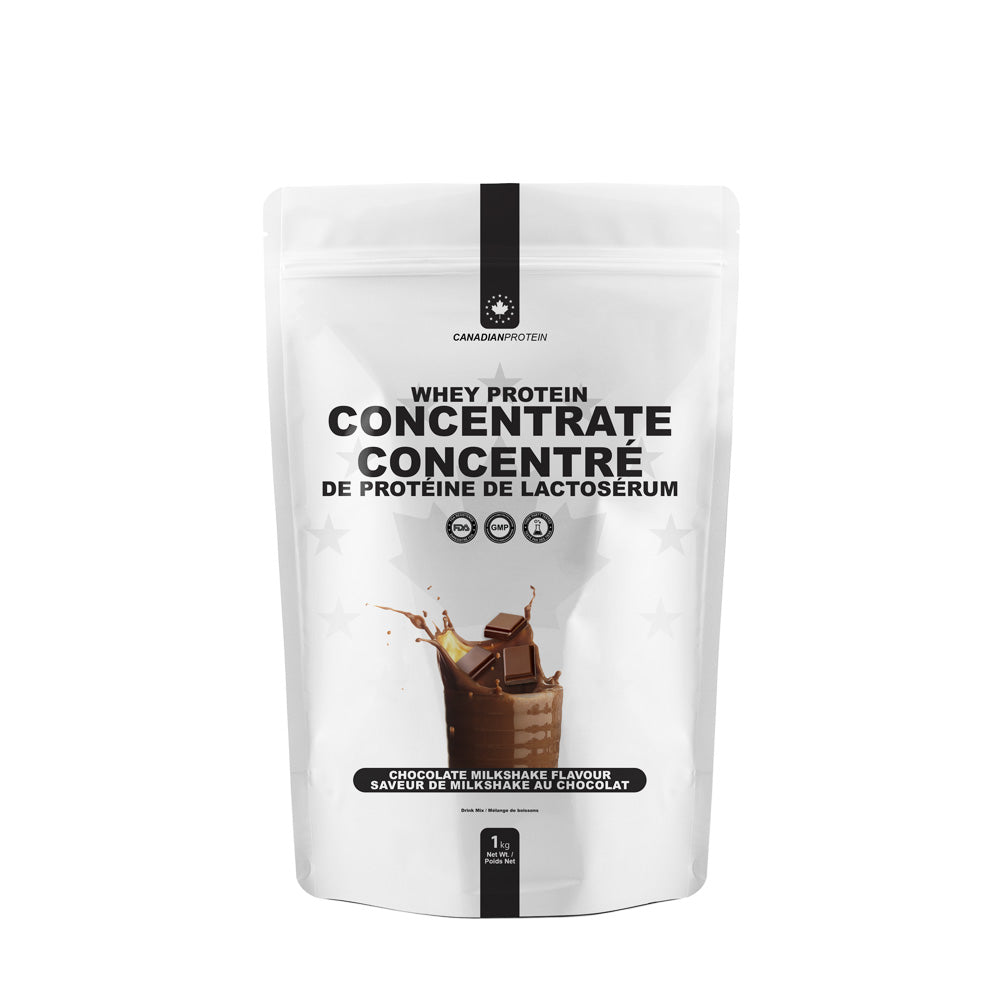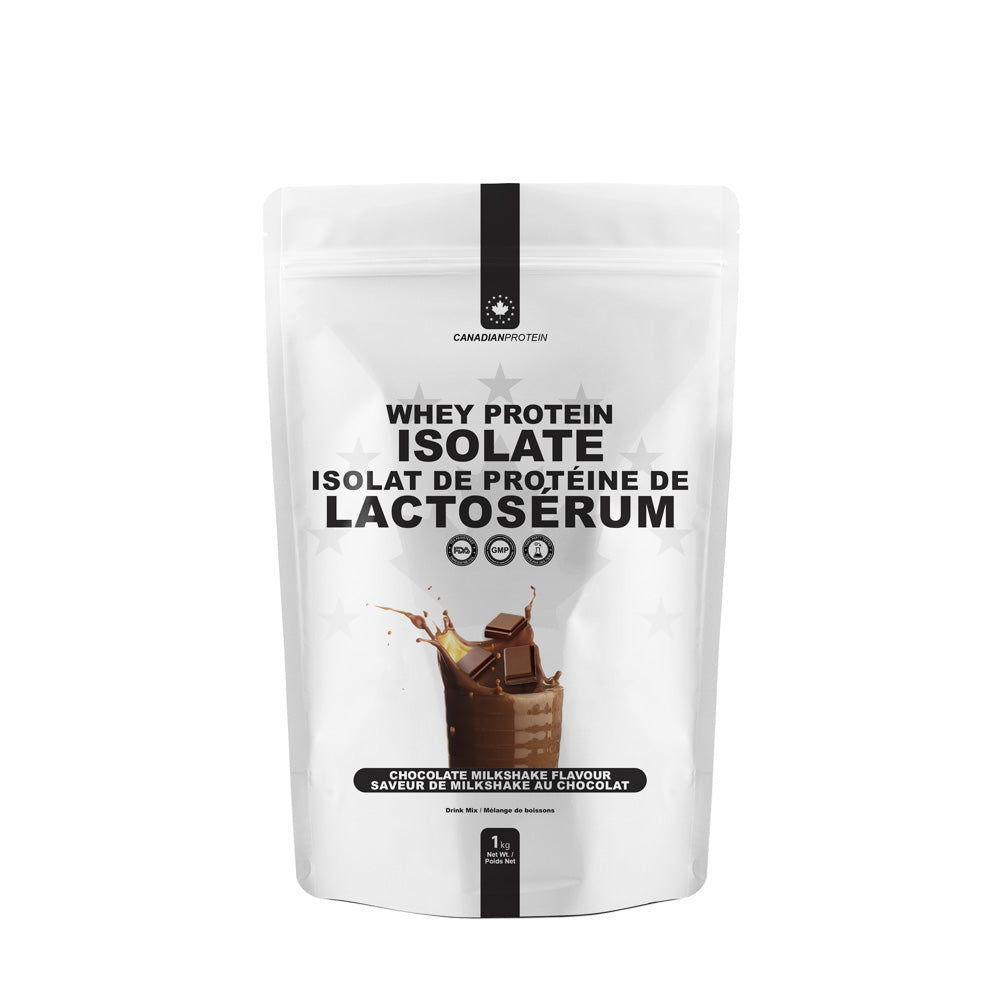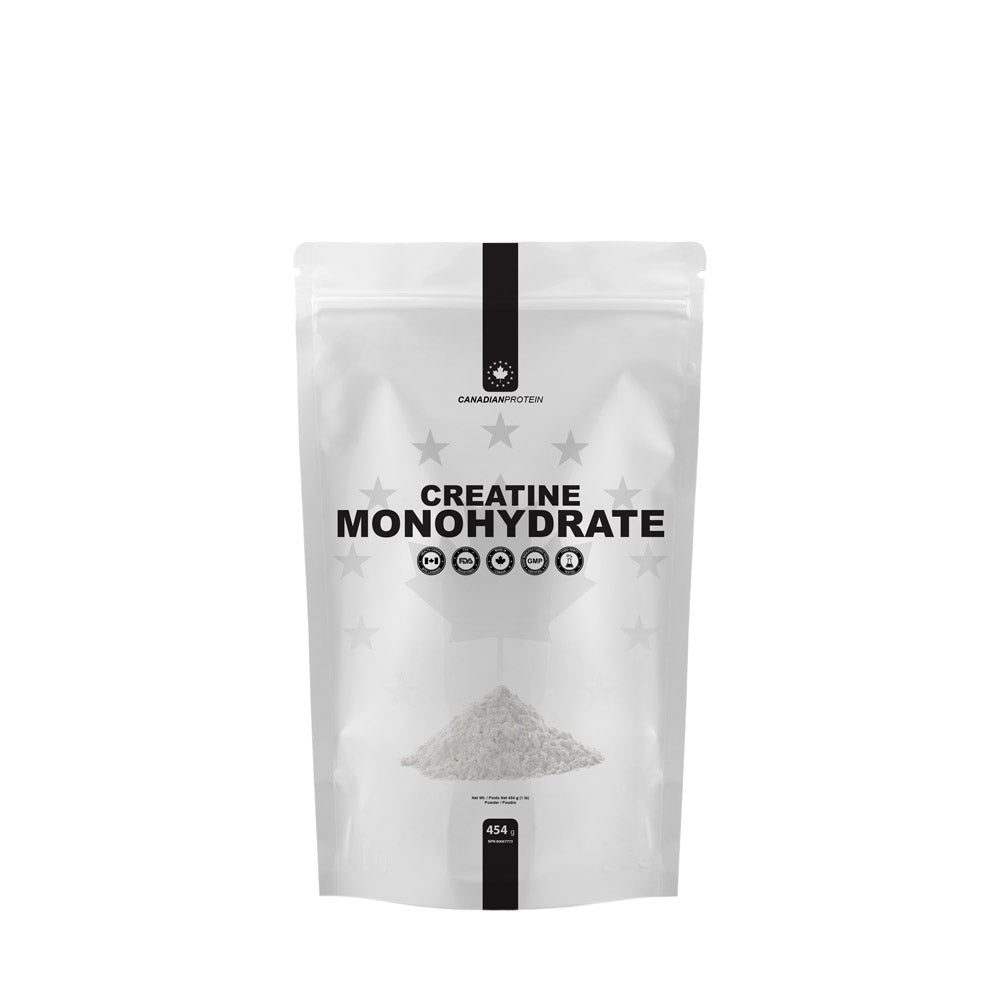Over the last couple of decades, the supplement industry has gone from, pardon the pun, strength to strength, showing no signs of letting up anytime soon. More and more people are hitting the gym in an attempt to improve, not only their physiques, but also their health and fitness in the process, and it can’t be denied that top quality health and fitness supplements, can certainly play a very vital role in this process. Of course, in order to truly take back your health and fitness, and get yourself into the best physical shape possible, experts recommend a healthy and balanced diet, used in conjunction with plenty of physical exercise and other healthy lifestyle choices. Put simply, if you don’t exercise, and if you eat junk food, taking creatine or a protein shake, won’t suddenly get you lean and jacked. If however, you are exercising regularly, and are eating the right foods, these supplements can certainly help take you to the next level, and give you a slight competitive edge over other individuals. In terms of popularity, protein supplements rule the roost, with whey protein in particular, proving to be a real best-seller as it is the number 1 best-selling sports supplement in the entire world, and it has been for several decades now. Nowadays however, it can be difficult to find the right protein supplement for you, due mainly to the fact that there are so many different supplements to choose from. Various protein supplements undergo various processing and filtration processes, with protein agglomeration proving to be a new, and very beneficial example of this. Here we’ll be looking at what protein agglomeration is, why it is beneficial, the different types of protein supplements available, and of course, the main reasons why a person should consider taking protein supplements in the first place.
What is protein agglomeration?

Protein agglomeration is basically a process in which protein powder becomes instantized. You see, when products are spray dried, they are hard to mix with water evenly and be reconstituted. The agglomeration however, makes the powder a great deal more dispersible. Agglomeration requires the product, which in this case, we’ll go with whey protein powder, to be rewetted along with a new media, which is commonly soy lecithin. The lecithin functions as a form of glue, which then causes these very fine particles to stick to one another, thus creating much larger particles. When liquid, water for example, is added, as these particles now have a much larger surface area, due to the fact that the particles are larger in general, it can be mixed into the water much quicker, which means that it dissolves much faster as a result.
What are the benefits of protein agglomeration?
So, now that we know what protein agglomeration is, it’s now time to take a look at what the main benefits of this process really are. The main benefits of protein agglomeration include:
Increased mixability – Let’s face it, if you’ve ever encountered a cheap, poor quality protein powder, the chances are that when you mixed it with milk, or water, even with a shaker cup, or a powerful blender, it still may have formed thick clumps, which meant that you had to chew your beverage, instead of drinking it. Agglomeration makes protein more mixable, which means that it dissolves and disperses much quicker, so clumping is never an issue.
Enhanced absorption – Not only is the fact that it mixes better with water beneficial from a consistency perspective, it is also beneficial because it is absorbed much quicker by the body. As the particles quickly mix into the water, once inside your body, the proteins, amino acids, and other nutrients naturally found in the molecules, can be absorbed almost immediately, so that it gets into your system much quicker. From a post-workout perspective, this is very important as you need to get protein and nutrients into your muscle cells as soon after finishing a workout as you possibly can.
Increased nutrient uptake – Not only are the nutrients absorbed much quicker if a protein has undergone agglomeration, but another benefit is the fact that more of the nutrients can be absorbed by the body, so less go to waste. The protein molecules now have an increased surface area, which means that they’re absorbed quicker, and contain more nutrients. Put simply, when you consume protein which has been agglomerated, per serving, you are getting more protein, more amino acids, and more nutrients than a regular protein supplement, and obviously, the more protein and nutrients you can get into your body, the better.
What are the different types of protein supplements that can be agglomerated?

Although people tend to focus on whey protein in terms of popular protein supplement, in reality, not all people can use whey protein, which is why there are many other forms of protein supplement that can now be agglomerated. These include:
Whey protein concentrates – Starting with the most popular, we have whey protein concentrates. Whey protein is derived from dairy milk, and is a natural by-product left behind when milk separates and turns into cheese. When this happens, the milk splits into curds, which are the solids that eventually form cheese, and whey, which is a liquid left behind, which contains much of the whey protein. Whey protein concentrates are around 80 – 85% pure protein per serving, with the remaining 15 – 20% being fats and carbohydrates. Some cheaper whey concentrates can be as low as 60% pure protein, which is why you should always opt for a reputable brand. Whey protein which has been agglomerated however, will dissolve and be absorbed much quicker, and actually contains slightly more protein per serving as well.
Whey protein isolate – Up next we have whey protein isolate. Whey protein isolate is exactly the same as concentrate, except for the fact that it undergoes additional filtration and processing, to remove all by-products. Because of this, more of the fats and carbohydrates are removed, leaving you with a much purer protein which provides around 90 – 95% protein per serving. Again, with agglomeration, these numbers may be increased slightly.
Casein protein – Casein protein is another protein that comes from dairy, but it is very different to whey. Casein protein is a slow-release, slow digesting protein that takes several hours to digest and be absorbed by the body. Because of this, it is ideal when consumed right before bed, or before embarking on a long journey when you know you won’t have access to whole foods.
Soy protein – Some people cannot consume dairy produce due to food allergies such as lactose intolerances, others won’t consume dairy for ethical reasons I.E vegans. Because of this, soy protein is a great alternative as it provides a great deal of protein and amino acids per serving, without putting a person’s health, or ethical beliefs at risks. Soy protein is derived from soy beans, making it a great plant-based protein. Soy protein is notoriously difficult to mix, which is why more and more soy protein users are turning to soy protein which has been agglomerated, to assist with mixability, digestion, and absorption.
Brown rice protein – When we think of rice, generally we think of carbohydrates, when in reality, rice actually naturally contains protein, which is why brown rice protein is proving so popular. Again, brown rice protein is great for people who can’t, or won’t consume dairy. Brown rice protein is also packed full of fiber and B vitamins. It is also hypoallergenic, which means it is easier to digest than soy protein. After undergoing agglomeration however, brown rice protein can be digested and absorbed almost immediately.
What are the main benefits of protein supplements

Although protein supplements are no substitute for wholesome, healthy, and natural foods, when used alongside healthy foods, and a healthy exercise regime, there are many benefits of using protein supplements, especially protein supplements which have been agglomerated. These benefits include:
Build and repair muscle – One of the main reasons why people take protein supplements, is the fact that protein is so essential for the growth and repair of muscle tissue. Because of this, without adequate amounts of protein in the body, the body simply would not be able to synthesize new muscle tissue.
Burn fat – Protein isn’t just great for building muscle, it is also great for burning fat as well. You see, protein is a thermogenic compound, which in basic terms, means that the body burns extra calories just by digesting it. The body struggles to digest it and break it down, so it has to work harder, thus burning off more calories. Not only that, but as it stays in your stomach for longer, even the rapid absorbing supplements, it can help keep you feeling full for longer, so you consume less calories.
Convenience – Finally, the last benefit of protein supplements is the fact that they’re so convenient. A person is encourage to consume around 1.5 – 2g of protein per pound of bodyweight, when trying to build new muscle, and eating that much protein via whole foods would be very difficult, and very expensive. With protein supplements however, you simply mix yourself a shake, drink it down, and hey presto.













